
Ammonia-Based vs. Ammonia-Free Hair Dyes: What’s the Difference?
POSTED ON March 15, 2025Hair dyeing is more than just a cosmetic process; it’s a fascinating mix of art and science, driven by chemistry. Whether you’re going bold with a new color or simply covering grays, the type of dye you choose plays a crucial role in the final result. Salons typically offer two main categories of hair dye: ammonia-based and ammonia-free. But what exactly sets them apart? And how do you know which is best for your hair? Let’s find out the differences to help you make an informed decision.
Understanding Ammonia in Hair Dyes
Ammonia has been a staple ingredient in hair dye formulations for decades, and for good reason. Its primary function is to open up the hair cuticle, allowing the dye to deeply penetrate the hair shaft. This chemical reaction is crucial for achieving vibrant and long-lasting color.
In addition to helping the dye penetrate the hair, ammonia also raises the pH level of your hair, which helps lighten your natural color. When applied, ammonia interacts with melanin (the natural pigment in your hair), chemically altering the shade.
However, ammonia has a few downsides. Its molecules are small and volatile, meaning they evaporate quickly and can be quite pungent. This is why ammonia-based dyes often have a strong odor that can linger long after the coloring process is complete. On the plus side, ammonia makes it easier to rinse out the color since it helps break down the dye, ensuring a thorough wash.
Pros of Ammonia-Based Dyes
Effective Gray Coverage: Ammonia-based dyes excel in covering gray hairs, providing even and lasting coverage.
Long-Lasting Results: These dyes typically provide more vibrant and durable color compared to their ammonia-free counterparts.
Cons of Ammonia-Based Dyes
Scalp Irritation: The strong chemical nature of ammonia can lead to scalp irritation or allergic reactions in some people.
Strong Odor: The pungent smell of ammonia can be unpleasant during the dyeing process and may linger afterward.
The Ammonia-Free Alternative
In recent years, ammonia-free hair dyes have gained popularity, particularly among those looking for a gentler option. While ammonia-free dyes are marketed as being less harsh, they still contain other alkaline ingredients, such as monoethanolamine (MEA) or aminomethylpropanol (AMP). These ingredients perform a similar function to ammonia, they help regulate the pH of the hair, but they are less potent and often used in lower concentrations.
The primary difference is that these ingredients have larger molecules than ammonia, meaning they don’t penetrate the hair as deeply or as quickly. As a result, the color may not be as vibrant or long-lasting as it would be with ammonia-based dyes.
One of the biggest advantages of ammonia-free dyes is that they tend to have a much milder odor. Since their molecules are larger and less volatile, they don’t evaporate as quickly, making the coloring process more comfortable for those sensitive to strong smells. However, this slower evaporation means that the dye may take longer to rinse out, and you may need to wash your hair a few more times to fully remove any residue.
Pros of Ammonia-Free Dyes
Gentler on Scalp and Hair: These dyes are less likely to cause scalp irritation, making them a great choice for those with sensitive skin.
Reduced Odor: The absence of ammonia means a less pungent smell during and after the dyeing process.
Cons of Ammonia-Free Dyes
Potentially Less Effective on Gray Hair: Ammonia-free dyes may not provide full coverage for gray hair, especially in people with coarser hair textures.
Color Longevity: The color may fade faster than ammonia-based dyes, meaning more frequent touch-ups might be necessary.
Choosing the Right Hair Dye for You
When deciding between ammonia-based and ammonia-free hair dyes, it’s important to consider your hair type, the results you want to achieve, and your sensitivity to certain chemicals. Each option has its strengths, so choosing the best one depends on what’s most important to you; whether it’s vibrant, long-lasting color, or a gentler, less odorous experience.
Factors to Consider:
- Hair Type and Texture: Coarser or thicker hair may benefit from ammonia-based dyes, which tend to provide more durable coverage.
- Desired Color Outcome: If you’re aiming for a dramatic color change or need to cover stubborn gray hair, ammonia-based dyes might be the better choice. On the other hand, if you’re just looking for a subtle change, ammonia-free dyes can be a gentler option.
- Sensitivity: If you have a sensitive scalp or are prone to allergic reactions, ammonia-free dyes may be the safer choice.
Recommended Ammonia-Free Hair Dye Brands in Singapore
If you’re exploring ammonia-free options, here are a few reputable brands that are known for their quality and effectiveness. These brands are widely available at major beauty stores, supermarkets, and online platforms in Singapore.
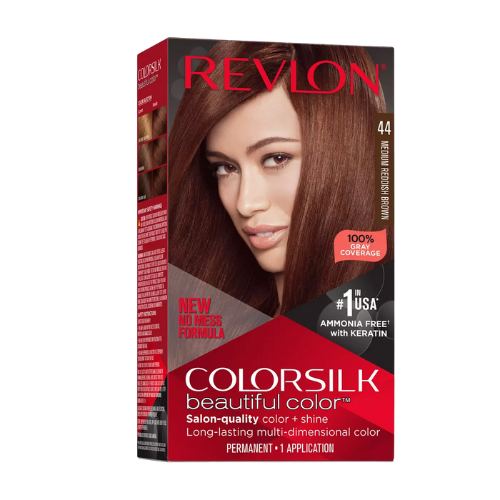
Revlon Colour Silk 3D Hair Dye: This dye is free from ammonia and contains silk proteins to nourish and smooth your hair, providing a silky and shiny finish.
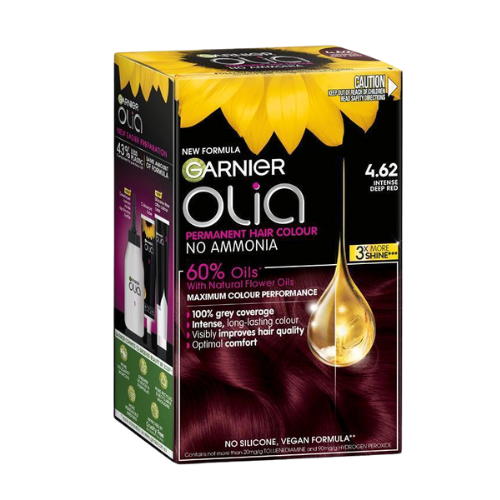
Garnier Olia Permanent Hair Color: An ammonia-free formula that uses natural flower oils to deliver vibrant color while caring for your hair's health.
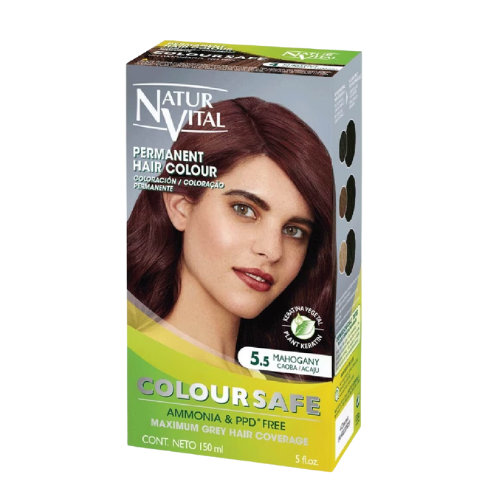
NaturVital Coloursafe Permanent Hair Colour: This dye is free from ammonia, PPD, resorcinol, and parabens, minimizing the risk of allergic reactions.
Tip: Always perform a patch test before full application to ensure compatibility with your hair and scalp. While these products are highly rated, individual results can vary.
Note: This information is based on online research; individual results may vary. At De Arte Hair Studio, we use our own color formulations and techniques, and these specific products have not been tested in our salon.
Enjoy a Professional, Worry-Free Coloring Experience
While understanding the differences between ammonia-based and ammonia-free dyes can help you make an informed decision, achieving the best results often requires professional expertise. At De Arte Hair Studio, we offer personalized consultations to determine the most suitable coloring options based on your unique hair type and preferences.
Our Salon Hair Coloring Services Include:
- Scalp Protection: We offer pre-chemical protection (optional), which creates an invisible barrier on your skin to protect against harsh chemicals, ensuring that your scalp remains healthy during the coloring process. 🔗 Explore the 7 powerful benefits of pre-chemical protection for healthier scalp
- Customized Coloring: Whether you opt for ammonia-based or ammonia-free dyes, our skilled stylists choose the best products for your hair to ensure vibrant, long-lasting results.
- Expert Application: Our team uses advanced techniques to apply color evenly and precisely, minimizing the risk of damage and maximizing the beauty of your hair.
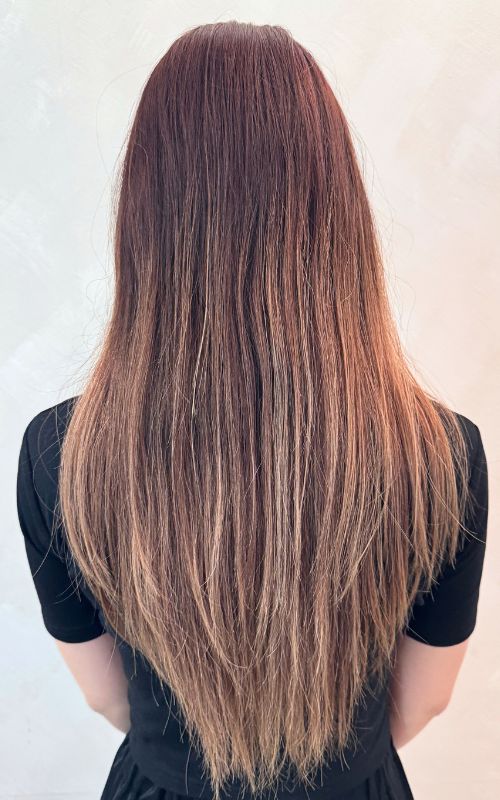
BEFORE
Preparing Your Hair for the Best Results
Before starting the coloring process, our stylist begins by assessing your hair to determine the best approach.
This includes checking your hair’s condition, texture, and the current color, so we can select the perfect dye and treatment tailored to your needs.
We ensure that your hair is clean and ready for the dyeing process, setting the foundation for flawless, vibrant results.
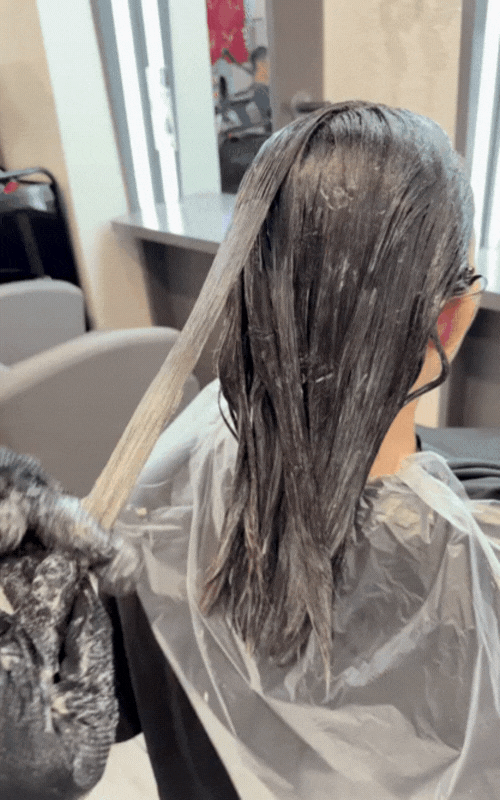
DURING
Applying Scalp Protector and Color Treatment (Non-ammonia)
To protect your scalp and enhance the coloring process, we apply a pre-chemical protection (add-on option). This product creates an invisible barrier on the skin’s surface, preventing irritation and discomfort from the chemicals in the dye.
Next, we use a color treatment to correct any unwanted tones or uneven color, ensuring that your hair achieves a more even, vibrant shade. This careful preparation ensures the best possible outcome and protects your hair’s health throughout the coloring process.
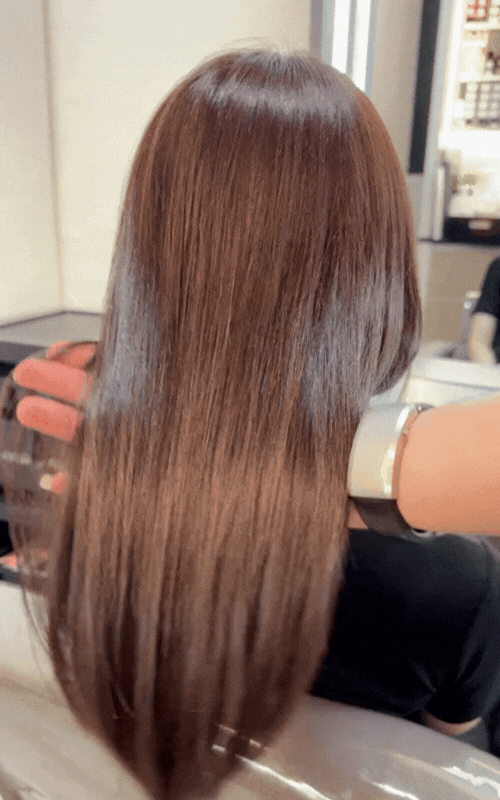
RESULT
Beautifully Blended Colors with a Healthy Glow
After the dye has been applied, we ensure a flawless blending of colors to create a natural, seamless look.
The result is a vibrant, multi-dimensional shade that enhances your hair's texture and shine.
With proper care and expert application, your hair will have a healthy, glowing finish; radiant with rich, even color that looks and feels nourished and beautiful. You’ll leave our salon with a refreshed, confident new look.
Book An Appointment
Whether you choose ammonia-based or ammonia-free hair dye, it’s important to understand how each works and how it will affect your hair.
If you’re unsure about which option is best for you, a consultation with a professional stylist can help ensure you get the results you’re looking for, without compromising the health of your hair. Why not leave the hard work to the experts and enjoy a stress-free, gorgeous transformation at our salon? We’re here to help you shine!
Aftercare Tips for Color-Treated Hair
Regardless of the dye you choose, proper aftercare is essential for maintaining your color and ensuring the health of your hair. To keep your new shade looking fresh and vibrant:
Use Color-Safe Shampoos and Conditioners: These products help extend the life of your color by protecting it from fading.
Regular Conditioning: Moisturizing treatments keep your hair nourished and prevent dryness or damage from the coloring process.
Avoid Excessive Heat Styling: Too much heat can cause color to fade faster, so try to minimize the use of hot tools.
Related
Articles

7 Powerful Benefits of Pre-Chemical Protection for a Healthier, Happier Scalp!
Pre-Chemical Protection for a Healthier Scalp During Hair Treatments When undergoing chemical hair treatments like coloring, bleaching, or relaxing, your scalp can be exposed to harsh chemicals that may cause irritation, dryness, or allergic reactions. Using a pre-chemical protection product, such as a scalp protector, creates an invisible barrier on your scalp, reducing direct contact […]
READ MORE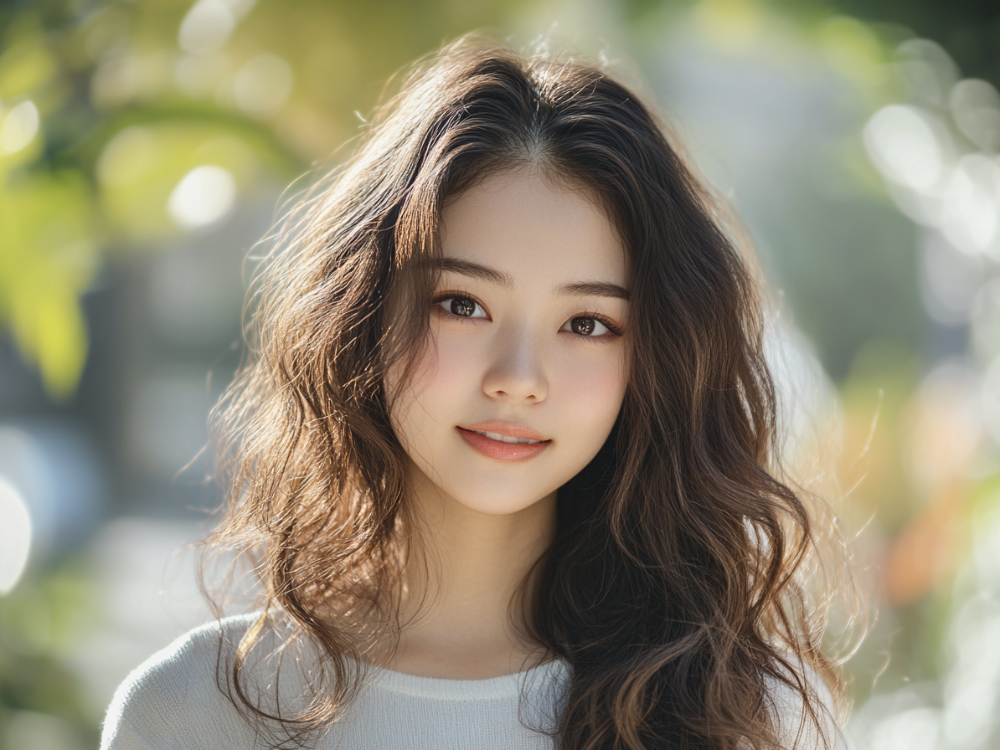
6 Best Types of Hair Perm for Different Face Shapes: Find Your Perfect Look
Discover the 6 best types of hair perms for different face shapes! From beach waves to spiral curls, find the perfect perm style to enhance your features and transform your look.
READ MORE
The Science of Hair Growth and Why You Should Care
Achieve healthy hair growth with expert scalp care and treatments at De Arte Hair Salon. Discover the science of hair growth and unlock your hair’s full potential!
READ MORE
